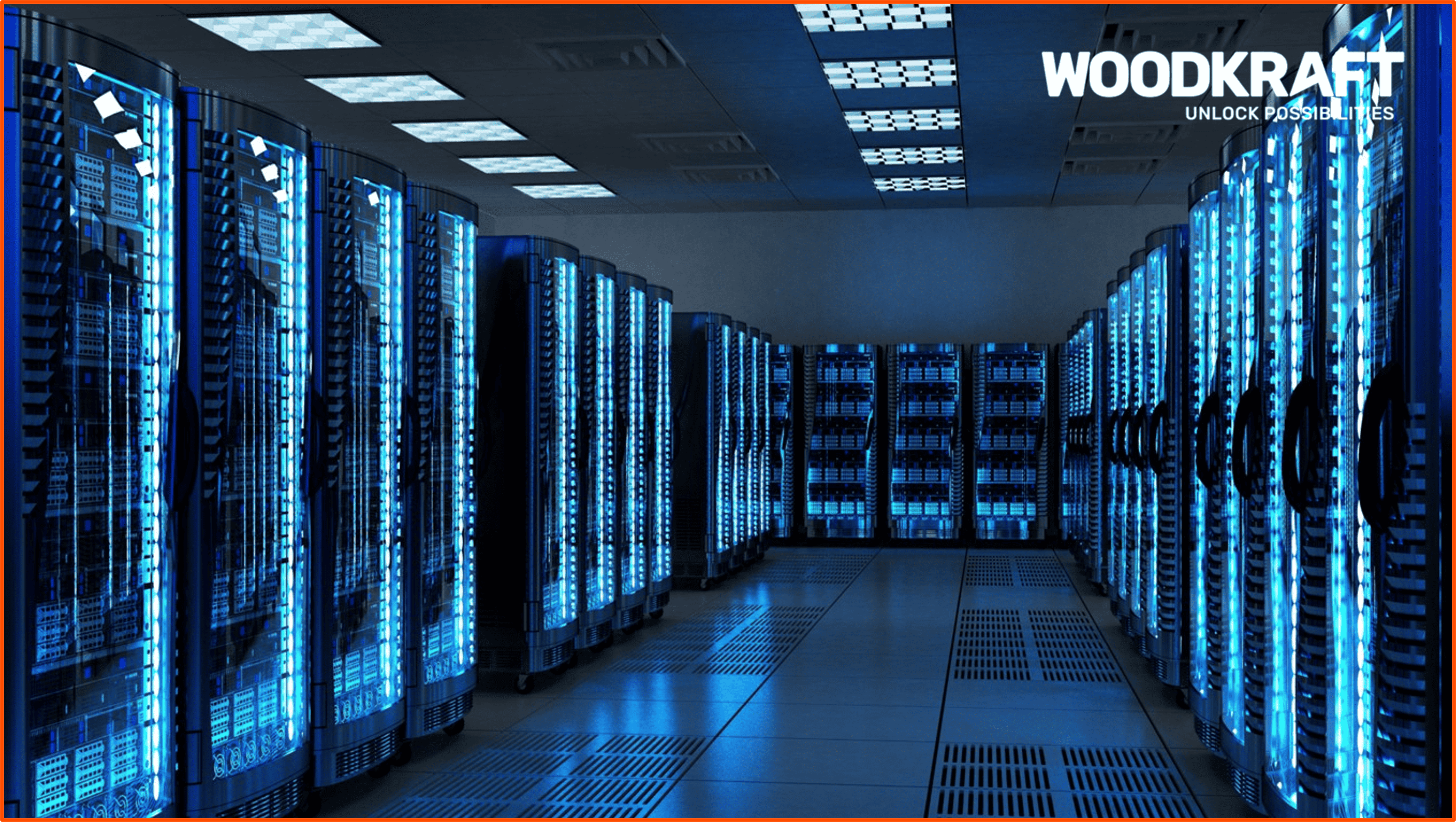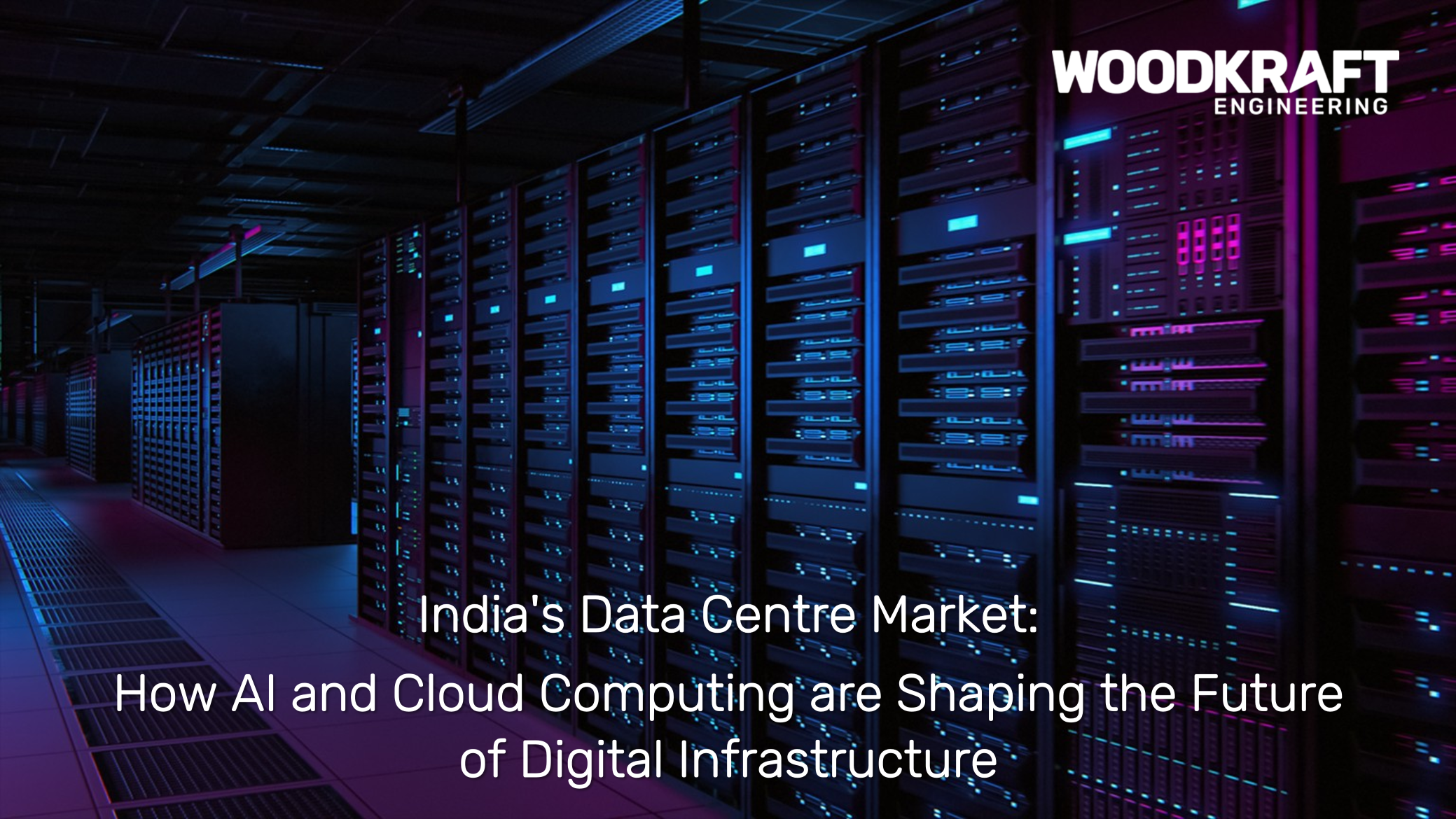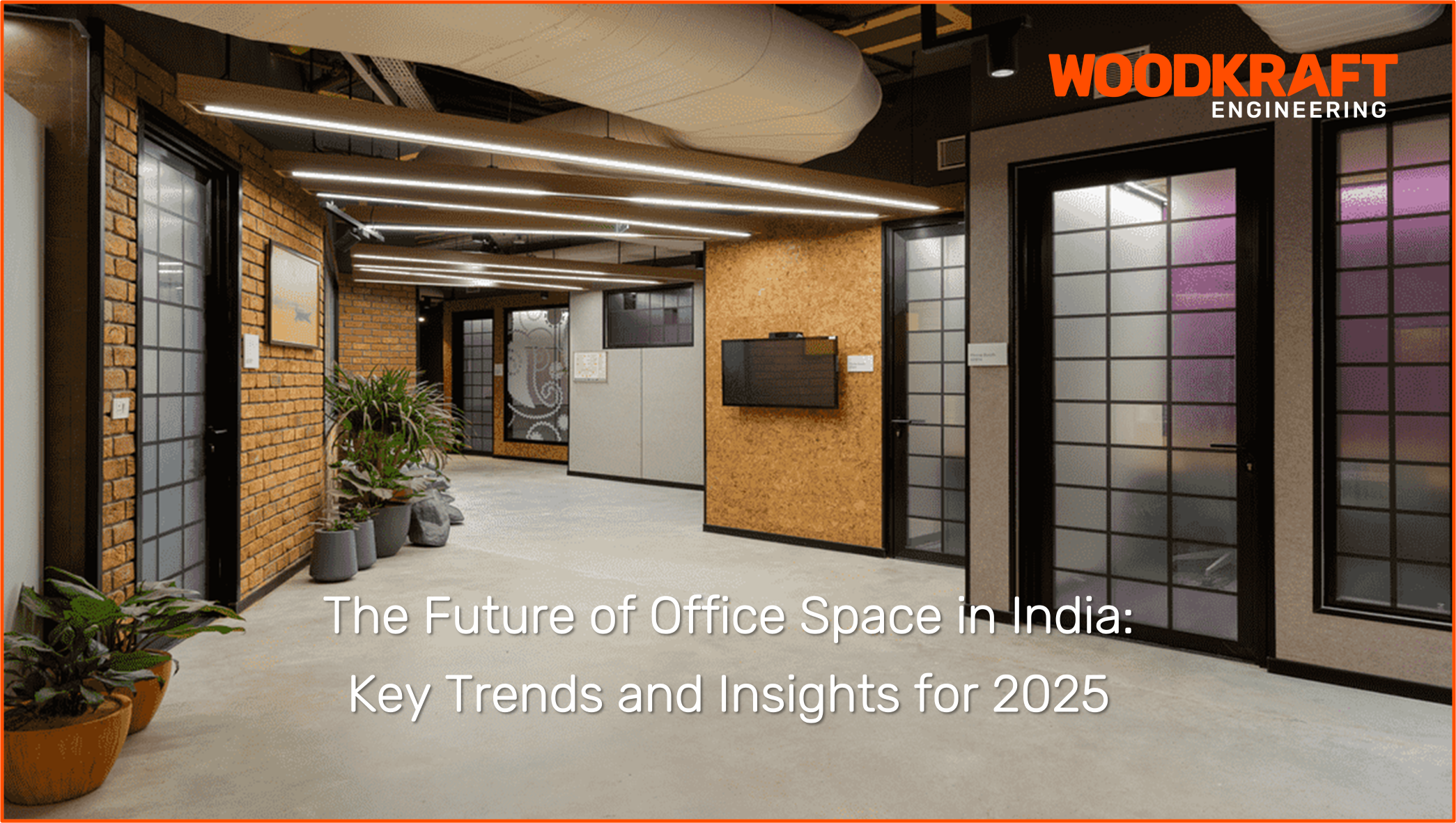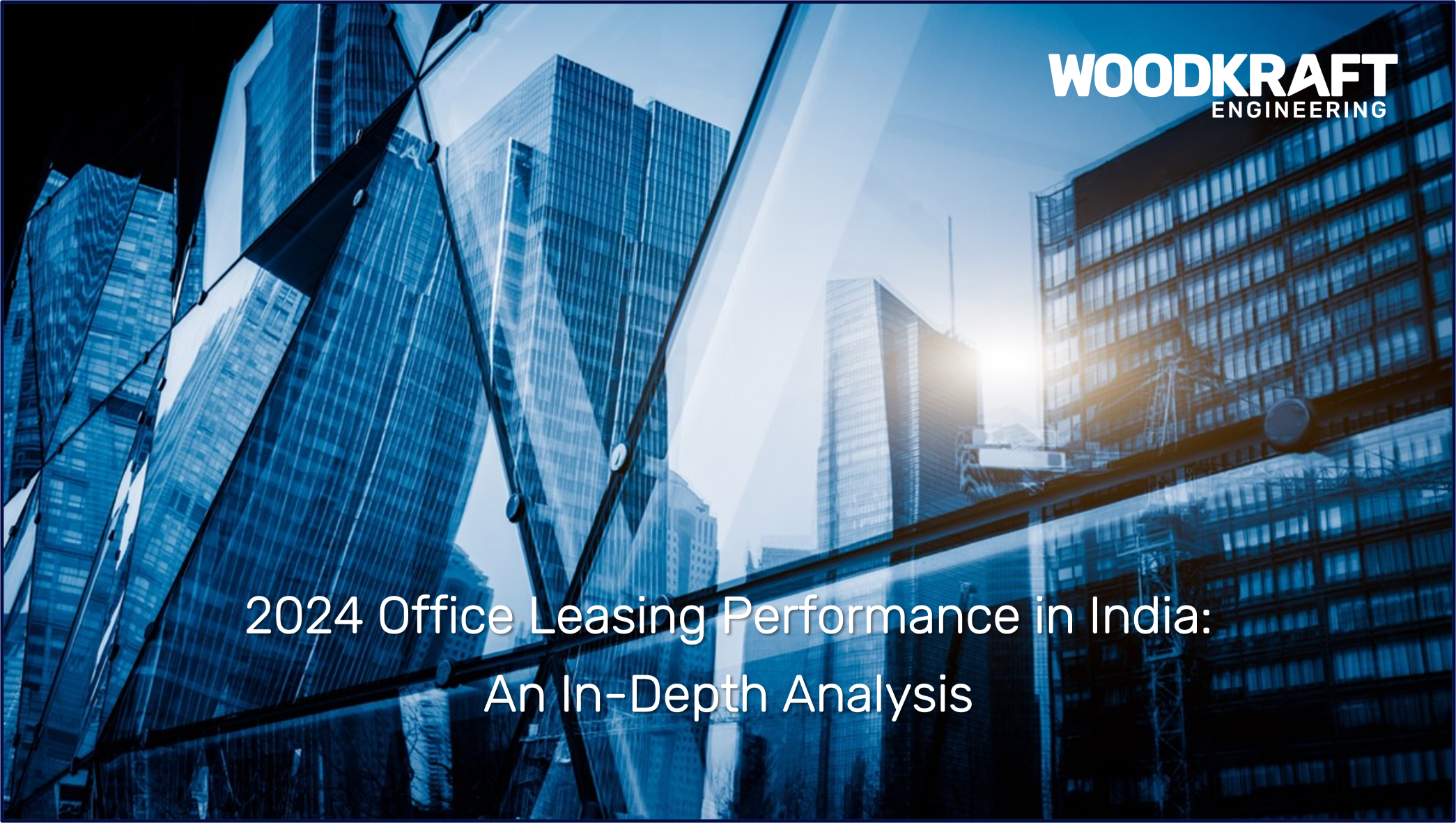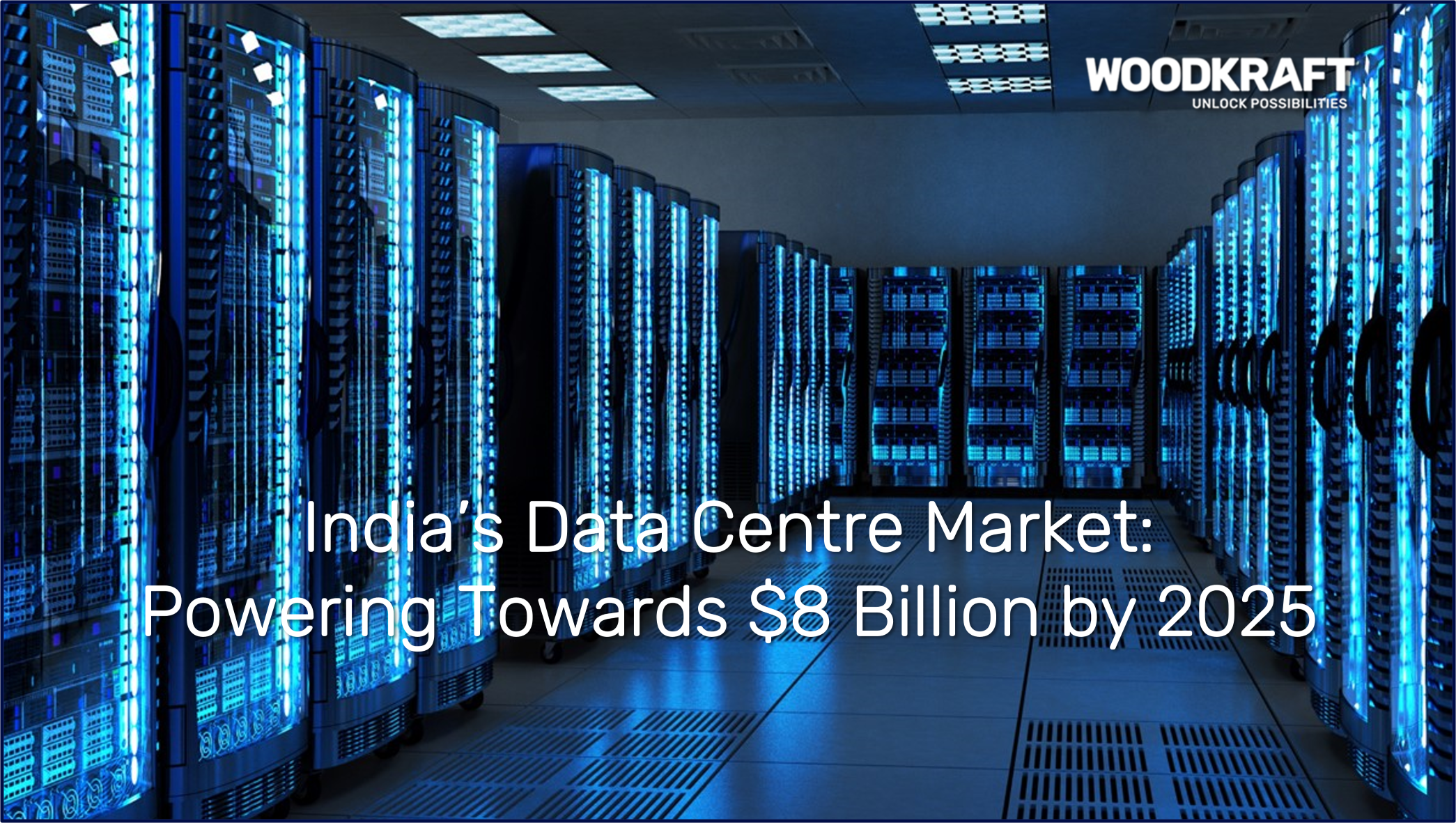DATA CENTRE
Building the Perfect Data Centre: Tips for Meeting Your Needs and Budget
May, 2023
A data centre is a physical facility that houses IT infrastructure for building, running, and delivering applications and services, and for storing and managing the data associated with them. Data centres are essential for business success in today’s digital world, but they also require careful planning, design, and construction to ensure they meet your needs and budget.
There are different types of data centres that you can choose from depending on your business goals, requirements, preferences, and resources. Some of the common types are:
- Enterprise (on-premises) Data Centres: These are data centres that are owned and operated by businesses themselves for their own internal computing data storage needs. These data centres provide more control over information security and compliance with regulations but require more resources and expertise to deploy and manage.
- Public Cloud Data Centres: These are data centres that are owned and operated by cloud service providers such as Amazon Web Services (AWS), Google Cloud Platform (GCP), IBM Cloud (IBM), Microsoft Azure (MSFT), or Oracle Cloud Infrastructure (ORCL). These data centres provide shared IT infrastructure resources for multiple customers via an Internet connection. These data centres offer more scalability, flexibility, and cost-efficiency but less control over information security and compliance.
- Managed Services Data Centres: These are data centres that are deployed, administered, and monitored by a third-party service provider. The business leases servers, storage, and networking hardware from the provider while the provider oversees the administration, monitoring, and management. These data centres offer a balance between control and convenience but may have higher costs than public cloud data centres.
- Colocation Facilities: These are data centres that provide dedicated space for businesses to host their own IT infrastructure within the facility. The business owns all the infrastructure but leases the space, power, cooling, and connectivity from the facility. These data centres offer more customization and control but require more resources and expertise to deploy and manage.
Choosing the right type of data centre for your business depends on various factors such as your business goals, requirements, budget, and preferences. You may also opt for a hybrid or multi-cloud approach that combines different types of data centres to optimize your IT environment.
Once you have decided on the type of data centre you want to use, you need to consider some key aspects of designing and building a data centre that meets your needs and budget. Some of these aspects are:
- Space: You need to determine how much floor space you need to accommodate all the IT infrastructure you intend to deploy now and in the future. You also need to consider how to organize the space into different zones or areas for different purposes or functions, such as server racks, storage devices, networking equipment, power distribution units, cooling systems, security systems, fire suppression systems, backup generators, etc. You also need to ensure that there is enough clearance and accessibility for maintenance and troubleshooting.
- Power: You need to estimate how much power you need to operate all the IT infrastructure and ensure that there is a reliable and affordable power source available. You also need to consider how to distribute the power within the data centre using power distribution units (PDUs), uninterruptible power supplies (UPSs), circuit breakers, etc. You also need to plan for backup power sources such as generators or batteries in case of power outages or disruptions.
- Cooling: You need to calculate how much heat is generated by all the IT infrastructure and ensure that there is adequate cooling capacity to remove the heat and maintain optimal temperature and humidity levels within the data centre. You also need to consider how to distribute the cooling within the data centre using cooling systems such as air conditioners, chillers, fans, ducts, vents, etc. You also need to monitor and control the cooling using sensors, thermostats, etc.
- Security: You need to protect your data centre from unauthorized access, theft, vandalism, or sabotage using physical security measures such as locks, doors, windows, cameras, alarms, etc. You also need to protect your data centre from cyberattacks using network security measures such as firewalls, antivirus software, encryption, etc. You also need to comply with any relevant regulations or standards regarding information security and privacy.
- Design Standards and Best Practices: You need to follow some design standards and best practices that can help you design and build a data centre that is efficient, reliable, and resilient. Some of these standards and best practices are:
- Telecommunications Infrastructure Standard for Data Centres (TIA-942): This is a standard that specifies the requirements for the cabling, layout, grounding, bonding, and environmental aspects of data centres. It also defines four tiers of data centres based on their availability and redundancy levels.
- ISO / IEC 27001:2013 Information Security Management System Standard: This is a standard that specifies the requirements for establishing, implementing, maintaining, and improving an information security management system within an organization. It also provides guidance on how to assess and treat information security risks.
- Data Centre Design Best Practices Guide by Schneider Electric: This is a guide that provides practical advice on how to design and build a data centre that is efficient, reliable, and resilient. It covers topics such as site selection, power distribution, cooling systems, security systems, fire protection systems, etc.
Designing and building a data centre that meets your needs and budget is a complex and challenging task that requires careful planning, research, and execution. However, by following some of the tips and guidelines mentioned above, you can create a data centre that can support your business applications and services, and provide you with a competitive edge in the digital world.
Stay tuned for the next article in this series to learn how to maximize the advantages and minimize the risks of data centres. Our experts will share valuable insights and practical tips to help you get the most out of your data centre investment.
Previous Article in the Data Centre Knowledge Series:
The Backbone of Digital Success: The Importance of Data Centres for Businesses
Next Article in the Data Centre Knowledge Series:
Cloud Data Centres: Benefits, Challenges, and How to Choose the Best Provider for Your Business
Follow Woodkraft on LinkedIn for the latest updates and inspiring workspace solutions.
